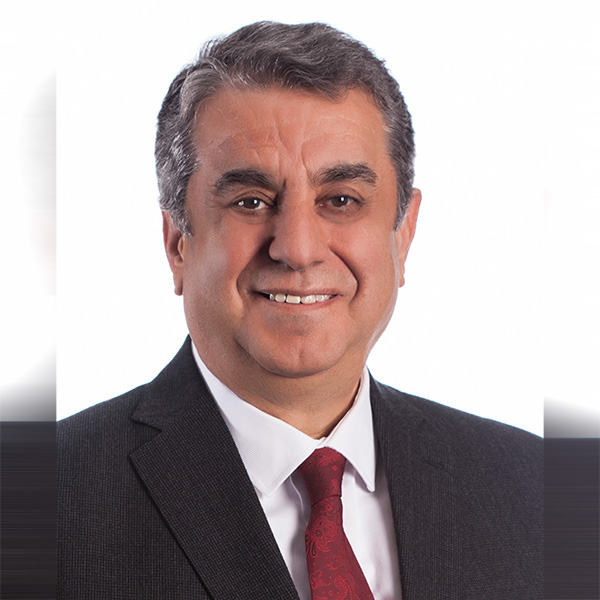A brief review of common failures through a life cycle of wafer-based crystalline photovoltaic modules
Abstract
The wafer based crystalline silicon photovoltaic module producers guarantee a product output with an annual loss against the initial value up to 25 years. Studies related to a better understanding of performance, failures and degradation throughout a module life time have accumulated a significant number of different mechanisms. Failure processes from macroscopic scale down to a molecular level and the main driving forces are well described in the literature. (1,2,3). However, literature relating module failures to the power loss of photovoltaic systems to reduce an uncertainty in the PVPS performance are limited. The degradations mechanisms might be related to technology and materials used in every stage of production as well as quality of balance-of-system components together with design and installation of photovoltaic power systems.
This brief review will be focused on updated literature on the most common failures of wafer-based crystalline photovoltaic modules such as the light induced degradation (LID), the potential induced degradation(PID), junction box failures, defective bypass diodes, glass breakage, loose frame, browning of encapsulants, cell cracks, snail tracks, burn marks, disconnected cell and string interconnect ribbons, corrosion of the cell gridlines or fingers and stringing and tabbing ribbons and also soiling at different stage of the module life cycle.
Biography
Prof. Dr. Şener Oktik graduated from Ankara University with a degree in Physics in 1976 and received his M.Eng. in Applied Physics in 1977 from the same university. He went on to obtain a Ph.D. from Durham University (UK), Department of Applied Physics and Electronics in 1982. Prof. Dr. Oktik became Associate Professor (Interuniversity Council) in 1986 and full Professor (Muğla University) in 1995. During his career, he has worked as lecturer/research scientist/senior researcher/administrator/senior administrator at Durham University (UK), Lecce University (Italy), Stuttgart University (Germany), Selçuk University and Muğla University (Turkey). Prof. Dr. Oktik served as the Third and Fourth Term President/Rector of Muğla University between 2002 and 2010. He has also worked as senior research scientist/technologist/senior executive at BP Solar, Sunbury, Imperial Chemical Industries PLC (ICI), Paints Division Slough Research Labs, Industrial Research Labs of Durham University (UK), Anel Group, Arıkanlı Holding (Turkey). Prof. Dr. Şener Oktik has been the Chief Research & Technological Development Officer at Şişecam Group since January, 2012 and he is a member of the steering committee of International Commission on Glass, “ICG” and serving at the internaional advisory board of International Conference on Coatings on Glass and Plastics, Society of Vacuuum Coaters and The Center for Functional and Surface Functional Glass (Slovakia) and he is also in the Scientific Committe of “European Photovoltaic Solar Energy Conference EU-PVSEC” and the chairman of Turkish Solar Energy Industry Association. Prof. Oktik is author/co-author of over 100 scientific and technical publications and inventor/co-inventor of two world patents.
